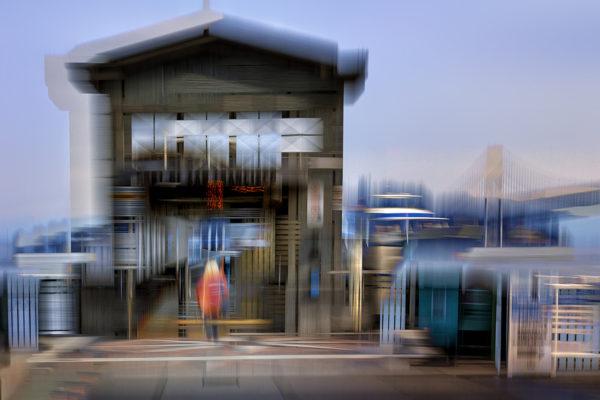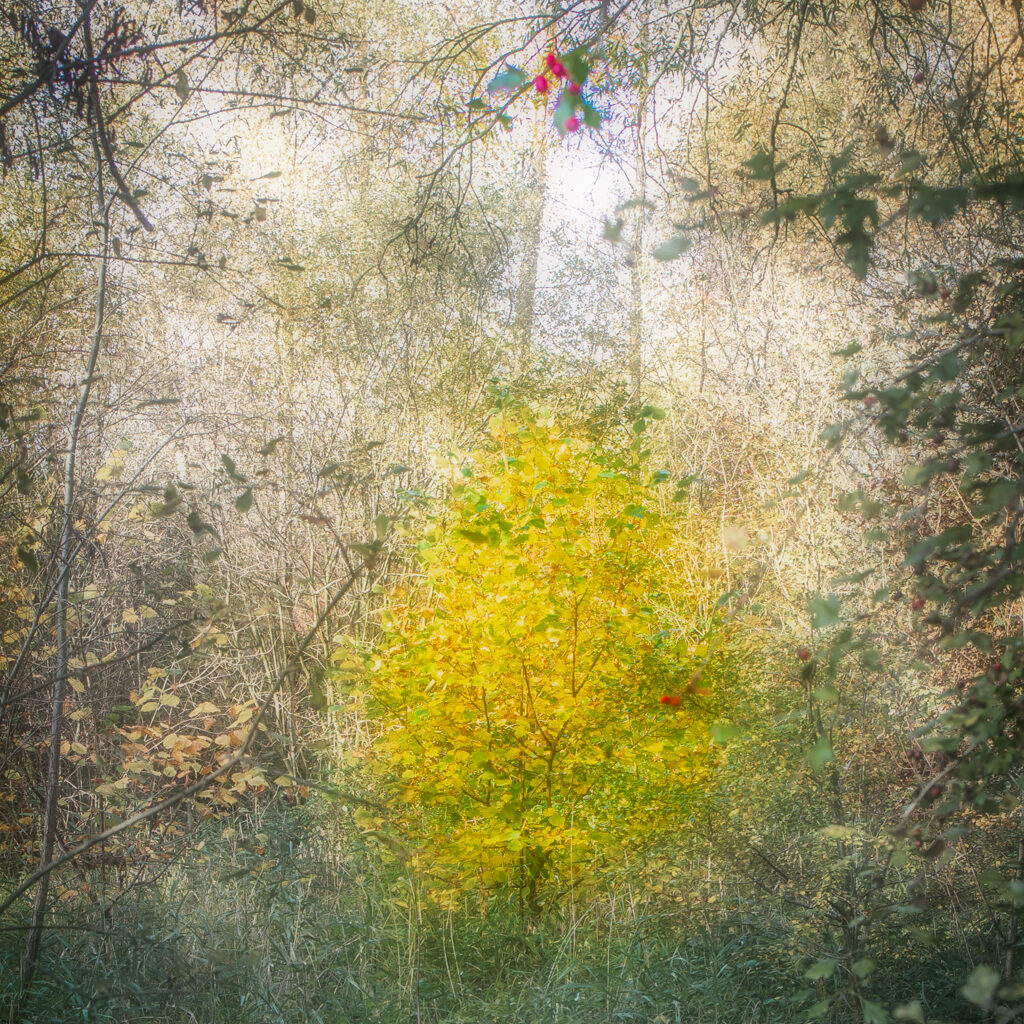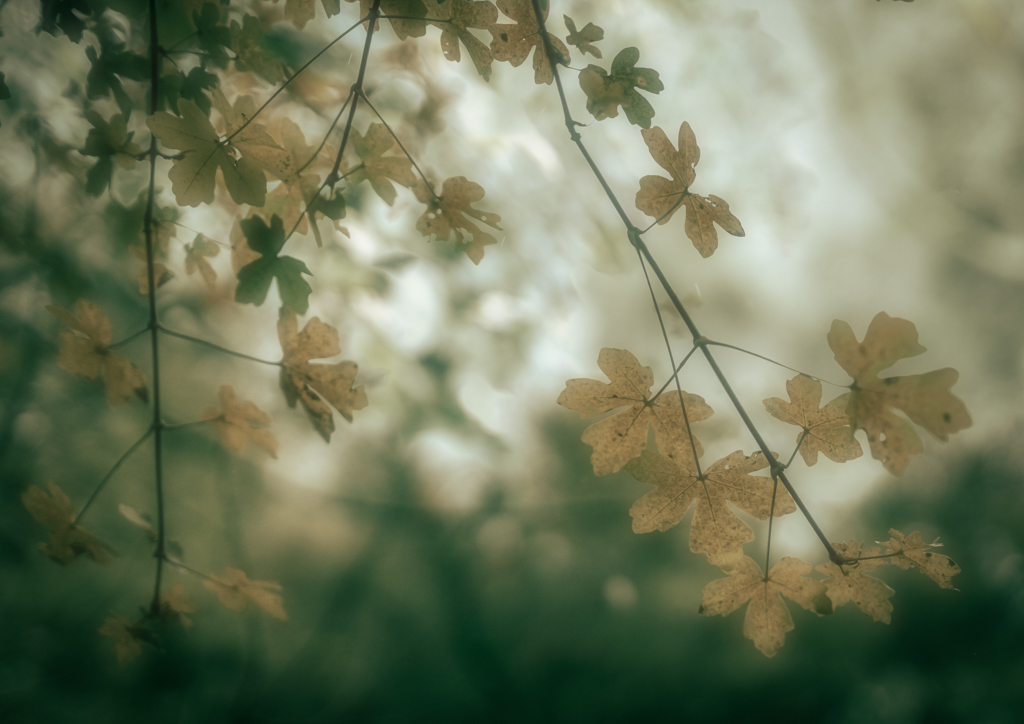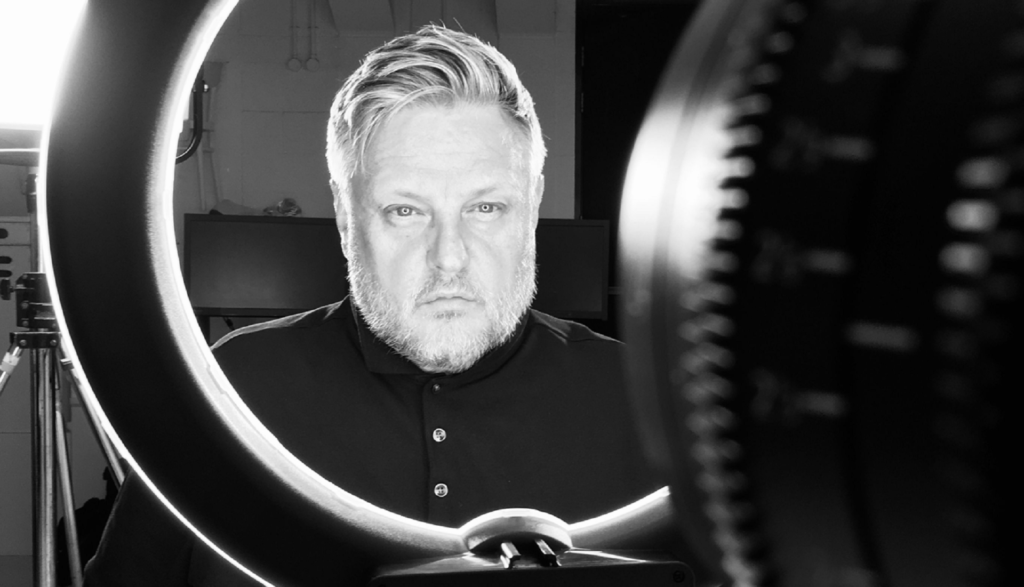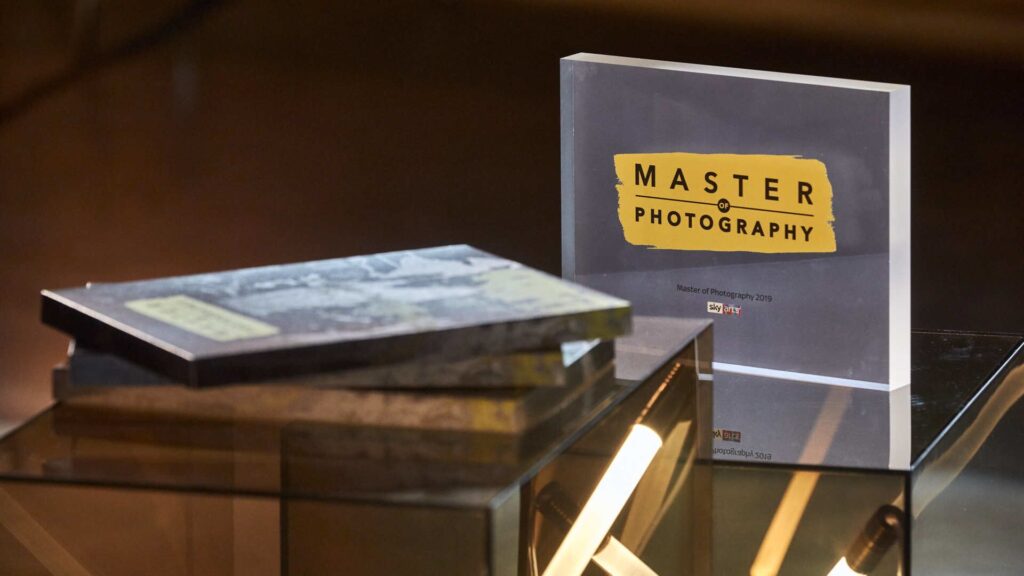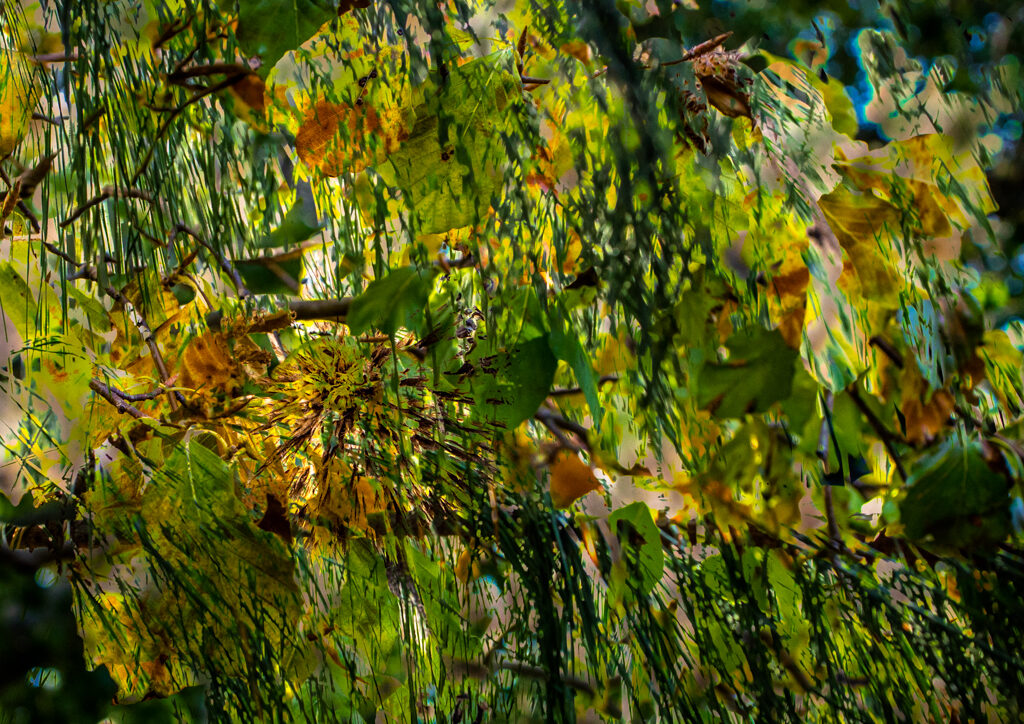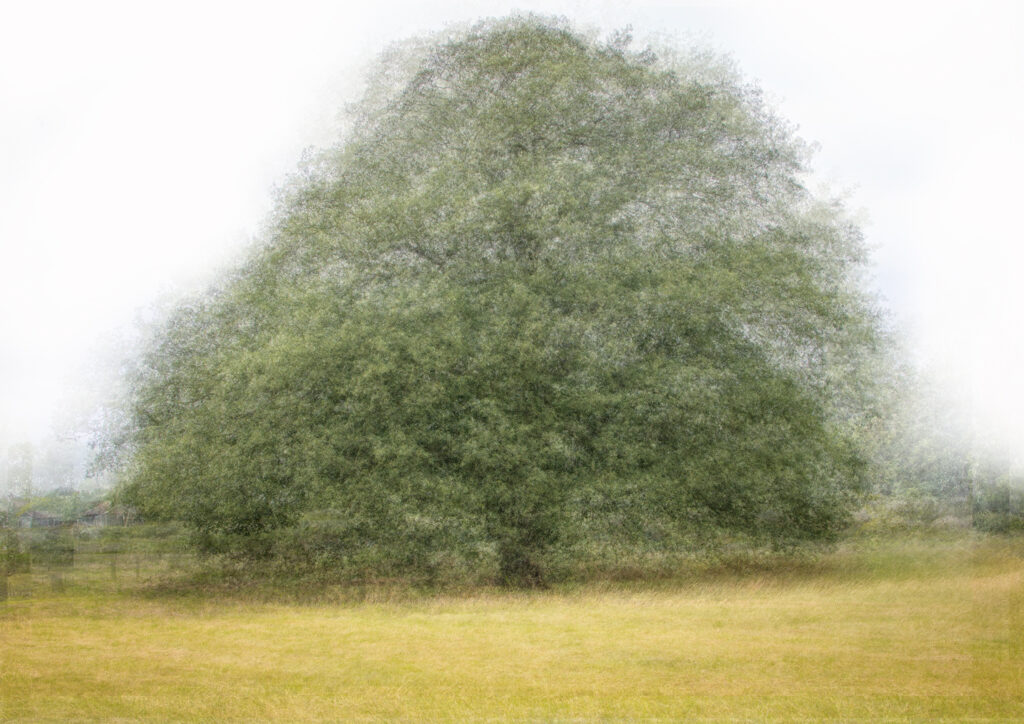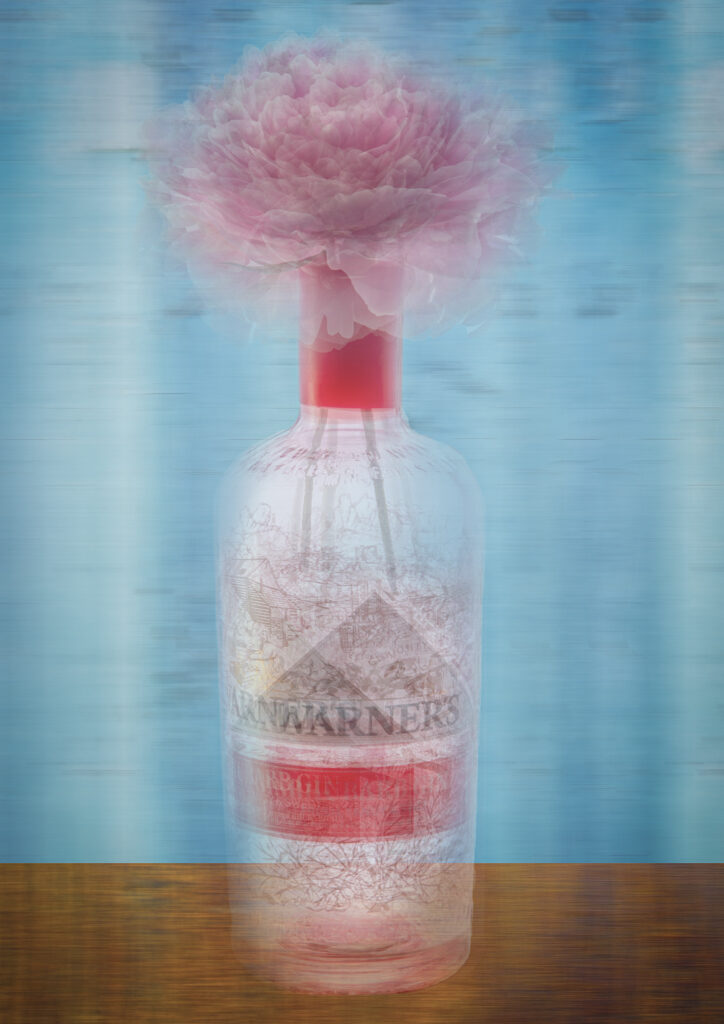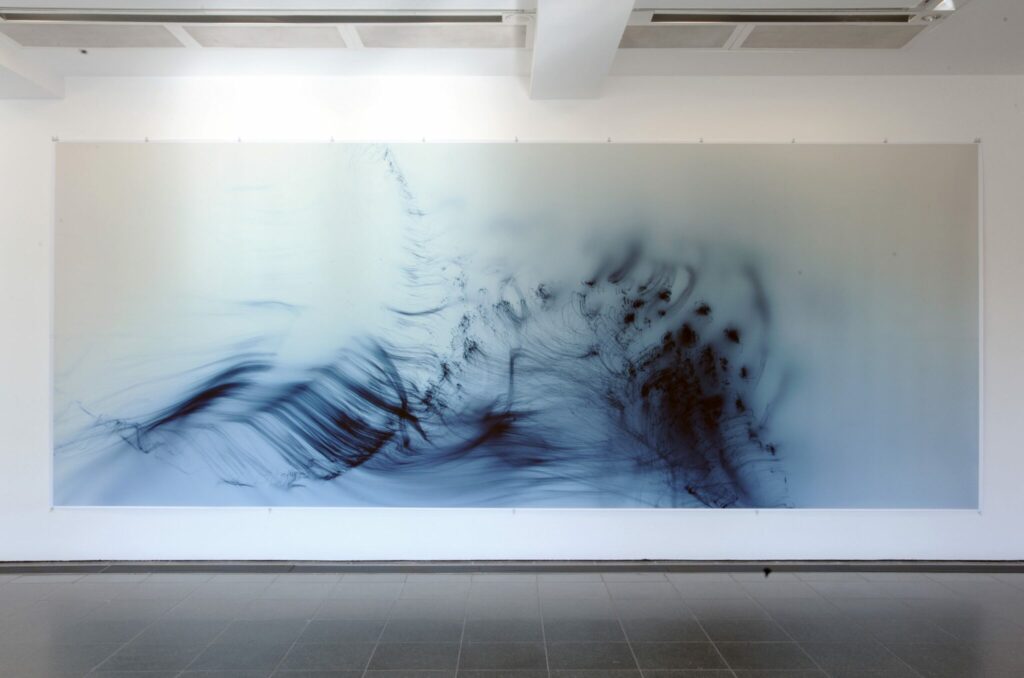
I was looking through the medals and acceptances awarded at this year’s London Salon. The majority of awarded images were brilliantly creative. It is clear that to win photography distinctions today it is not enough to point your camera at a fabulous sunset, anyone with a smartphone can do that. To make waves now requires real creative input from the photographer.
Making waves brings me to the world of Wolfgang Tillmans, a photographer who is renowned for his innovative approach and his ability to creatively capture the essence of life. Tillmans’s work crosses conventional boundaries, blurring the lines between photography, abstraction, and conceptual art. I love his later work and I have curated some of his abstract images here. There are also videos about Tillmans here
Abstract and Conceptual Explorations
Tillmans’ career started with traditional photography, but later he started to explore abstraction and conceptual art. He experimented with the photographic process itself, manipulating light, colour, and exposure to create mesmerizing abstract compositions. These works often evoke emotions, making viewers revaluate their own interpretation of the images.
Recognition and Influence
Wolfgang Tillmans is the only photographer to have won the prestigious Turner Prize which he achieved in 2000. His work has been exhibited in galleries and museums worldwide, solidifying his place as one of the most influential artists of our time.
Wolfgang Tillmans Exhibitions
Tillmans curates his photographs in unique and thought-provoking ways. These often immersive installations allow visitors to experience his art interactively, blurring the line between the observer and the observed. He rejects the conventions of photographic presentation, developing connections between his pictures and the social space of the exhibition. Unframed prints are taped to the walls or clipped and pinned. Framed photographs appear alongside magazine pages. Images are grouped on walls and tabletops as photocopies, colour or black-and-white photographs, and video projections.
“I see my installations as a reflection of the way I see, the way I perceive or want to perceive my environment,” Tillmans has said. “They’re also always a world that I want to live in.”
“The viewer…should enter my work through their own eyes, and their own lives”
Wolfgang Tillmans
His exhibition To Look without Fear, is at the San Francisco Museum of Modern Art, 9 November 2023 – 3 March 2024

